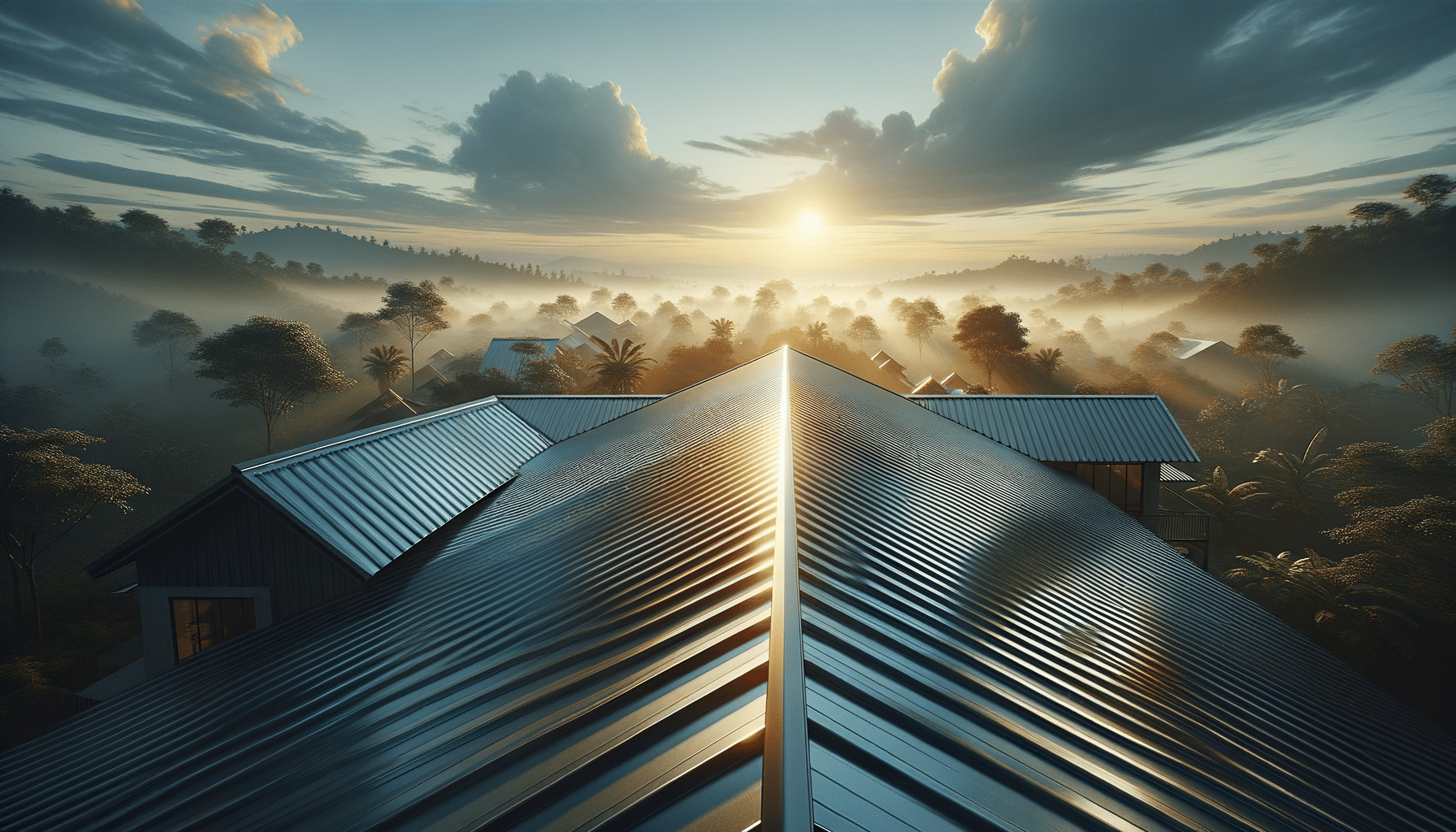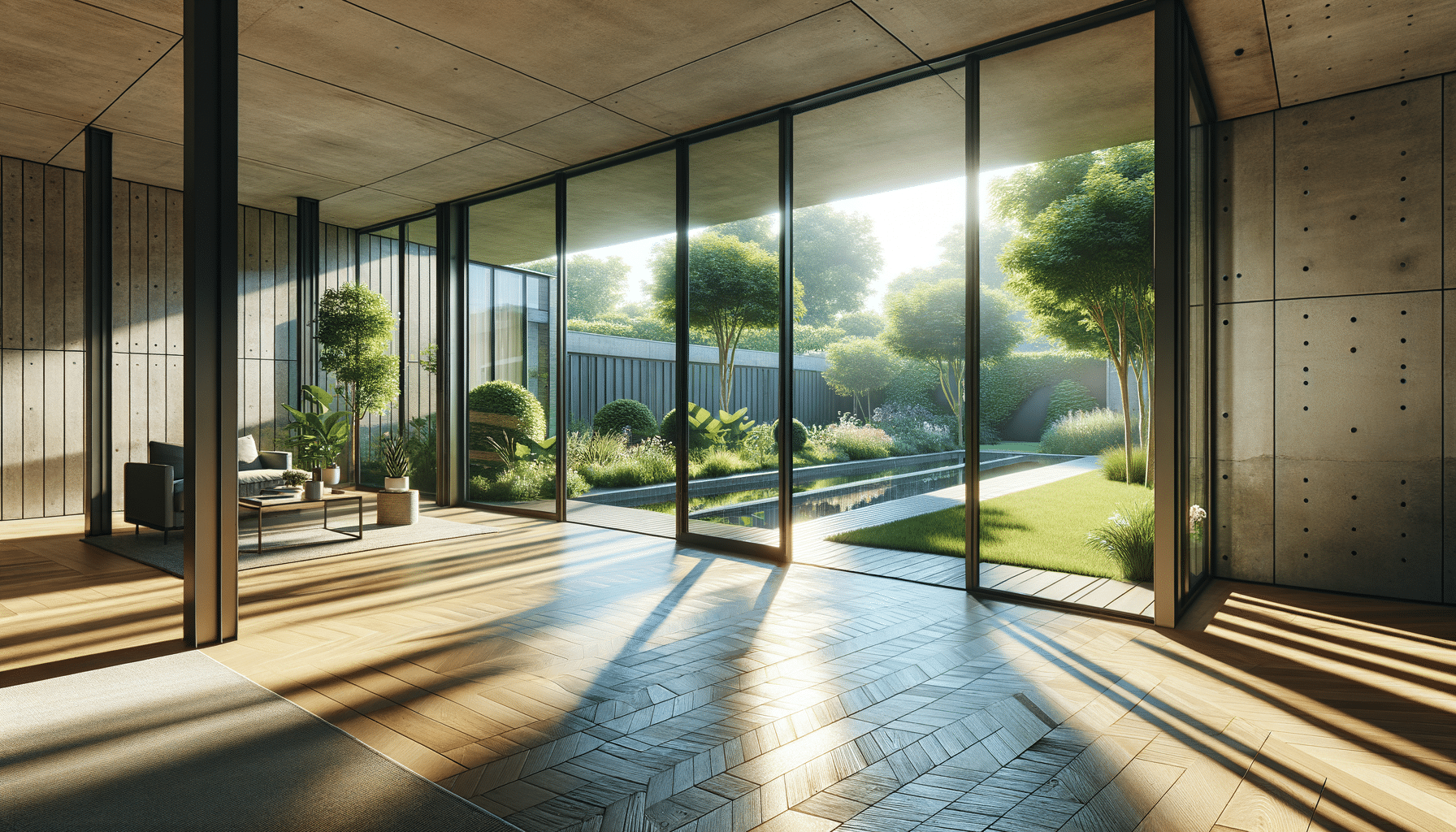
Exploring the Benefits and Considerations of Steel Roofing
Introduction to Steel Roofing
In the realm of construction and renovation, steel roofing stands out as a popular choice, offering durability, energy efficiency, and aesthetic appeal. As homeowners and builders seek materials that provide long-term benefits and value, steel roofing emerges as a reliable option. This article delves into the various aspects of steel roofing, exploring its advantages, types, cost considerations, and environmental impact.
The Advantages of Steel Roofing
Steel roofing is renowned for its exceptional durability, often lasting 40 to 70 years depending on the type of steel used. Unlike traditional roofing materials, steel is resistant to common issues such as rot, mold, and insect damage. This longevity makes it a cost-effective choice in the long run, as it reduces the need for frequent repairs and replacements.
Another significant advantage is the energy efficiency steel roofing offers. Reflecting solar radiant heat, steel roofs can reduce cooling costs by 10-25%. This is particularly beneficial in hotter climates, where energy savings can be substantial. Additionally, steel roofs can be coated with special reflective pigments that further enhance their energy efficiency.
Steel roofing also provides excellent protection against harsh weather conditions, including high winds and heavy snowfall. Its interlocking panels offer added strength and stability, making it a suitable choice for areas prone to extreme weather.
Types of Steel Roofing
There are several types of steel roofing, each offering unique benefits. The most common types include galvanized steel, galvalume steel, and weathering steel. Galvanized steel is coated with a layer of zinc, which provides corrosion resistance. This type is widely used in residential roofing due to its affordability and effectiveness.
Galvalume steel, on the other hand, is coated with a combination of zinc and aluminum. This combination offers enhanced corrosion resistance, making it suitable for environments with high humidity or proximity to saltwater. Weathering steel is designed to form a protective rust layer, providing a rustic appearance while protecting the underlying metal.
Each type of steel roofing offers distinct advantages, allowing homeowners to choose based on their specific needs and environmental conditions.
Cost Considerations for Steel Roofing
While the initial cost of steel roofing can be higher than traditional asphalt shingles, its longevity and minimal maintenance requirements often result in overall savings. When evaluating cost, it’s important to consider factors such as installation, material quality, and potential energy savings.
Steel roofing installation requires skilled labor due to its complexity and the need for precise fitting. However, the long-term benefits often outweigh the initial investment. Additionally, many homeowners find that steel roofing increases their property’s value, offering a good return on investment.
For those considering steel roofing, exploring various options and obtaining multiple quotes can help in finding a solution that fits both budget and needs.
Environmental Impact of Steel Roofing
Steel roofing is considered an environmentally friendly option due to its recyclability and energy efficiency. Most steel roofs are made from recycled materials and can be recycled again at the end of their life, reducing landfill waste significantly.
The energy efficiency of steel roofing also contributes to reduced carbon footprints by lowering energy consumption for heating and cooling. Moreover, steel roofs can be integrated with solar panels, further enhancing their environmental benefits.
Choosing steel roofing supports sustainable building practices, aligning with the growing emphasis on eco-friendly construction methods.


